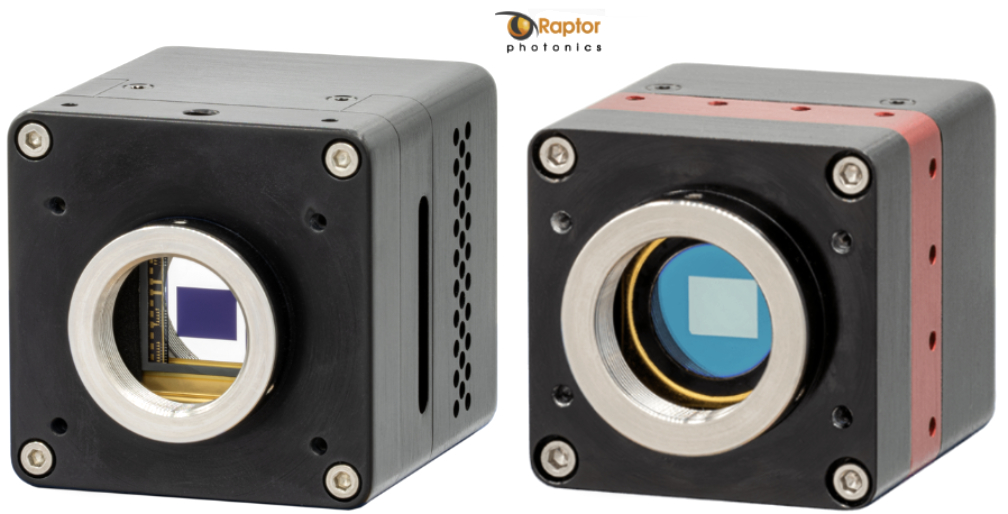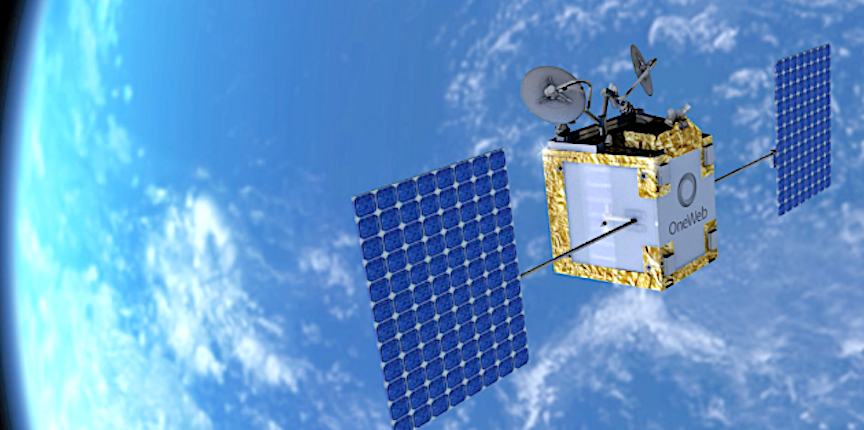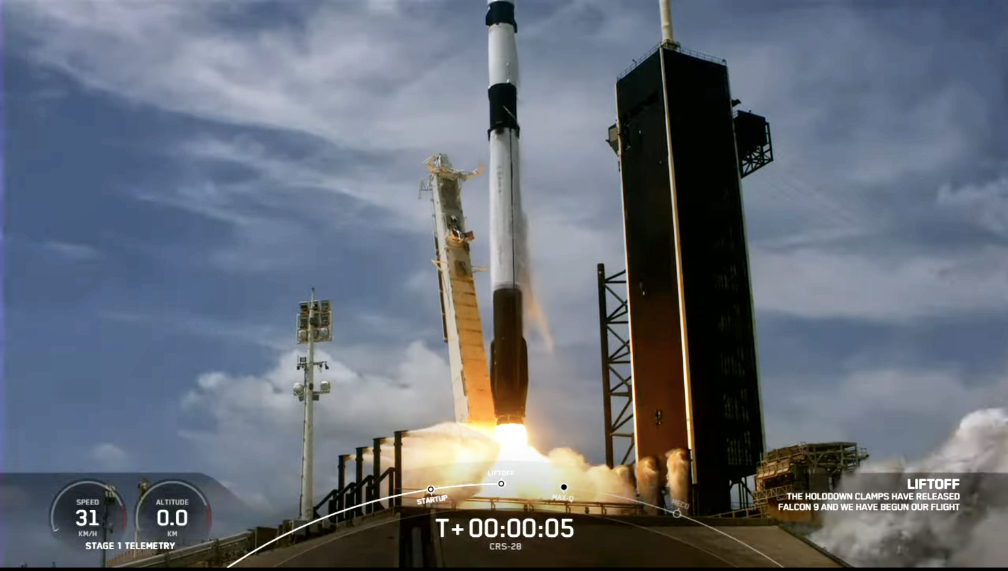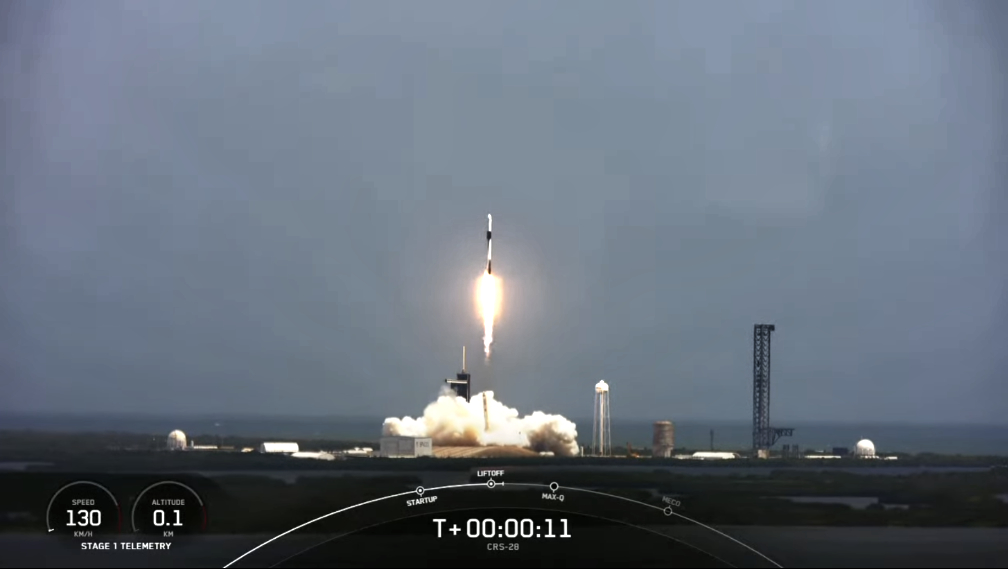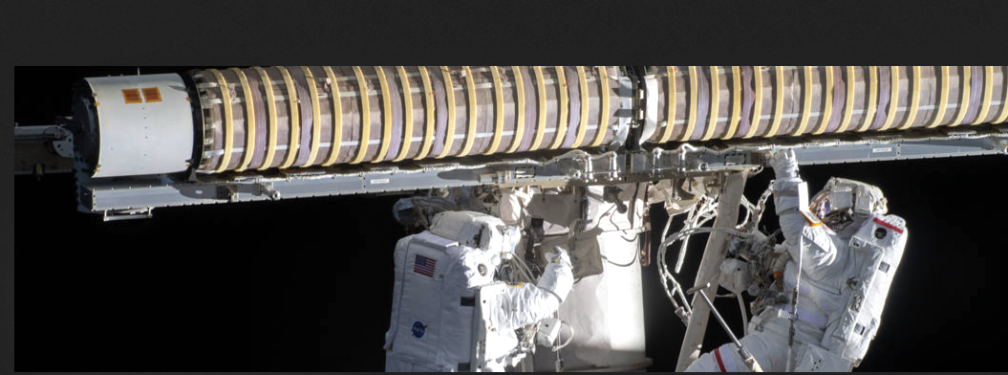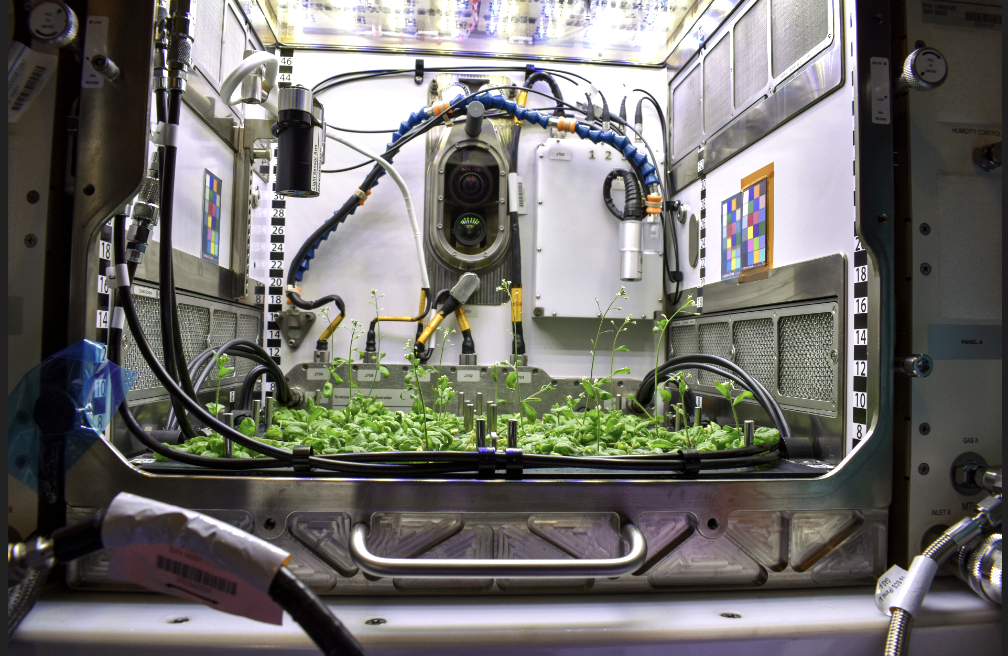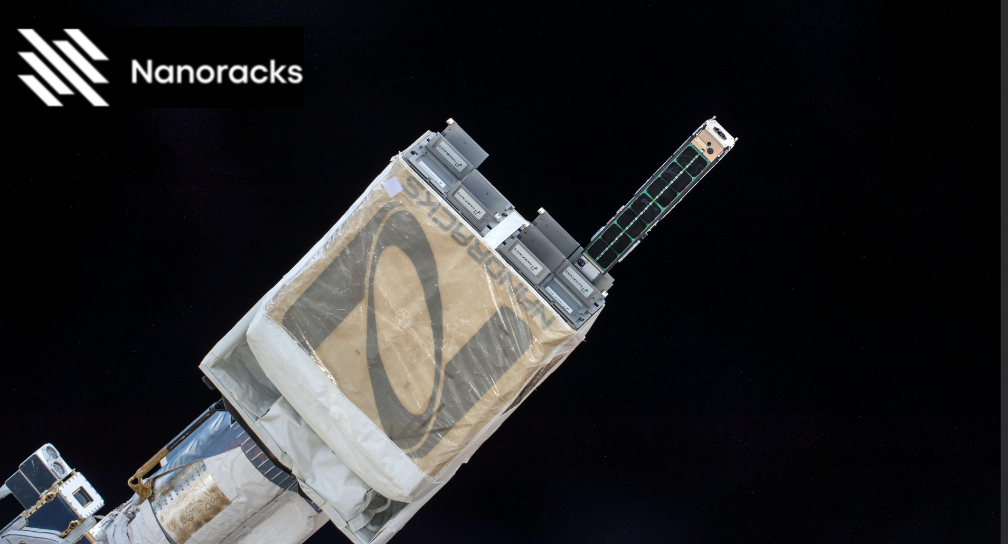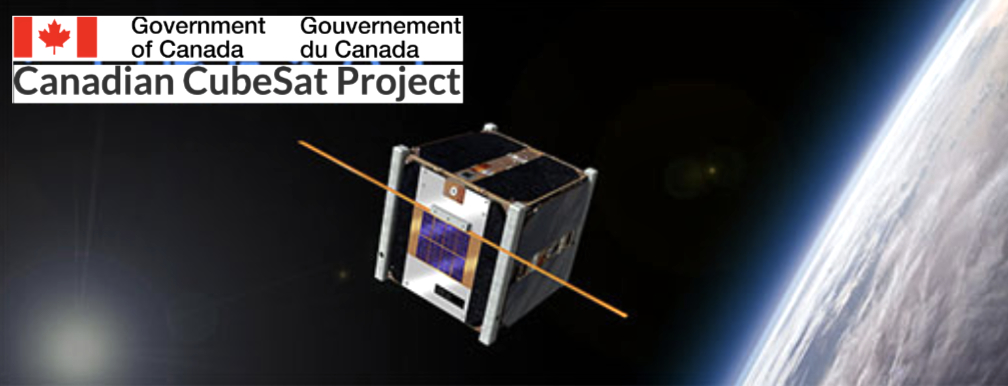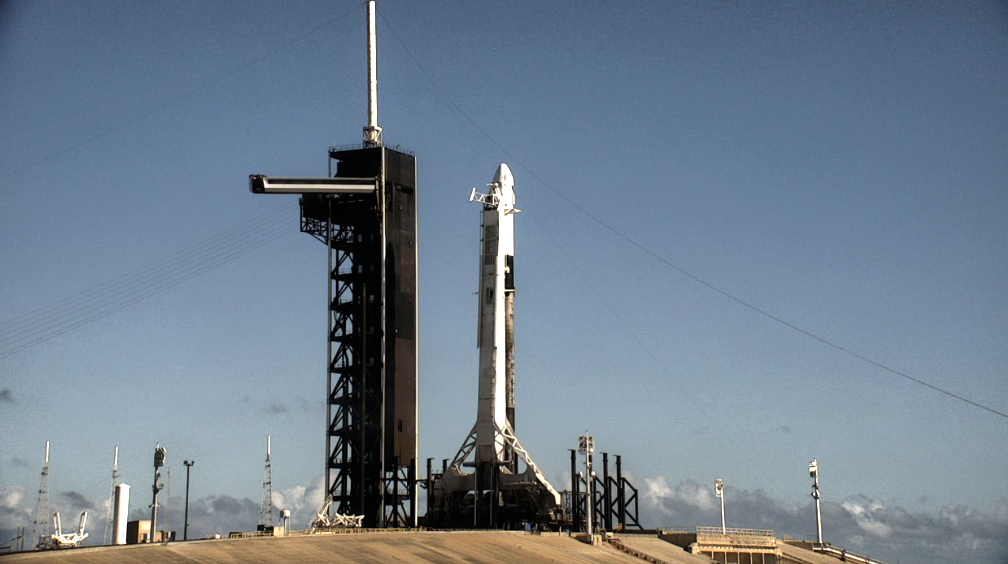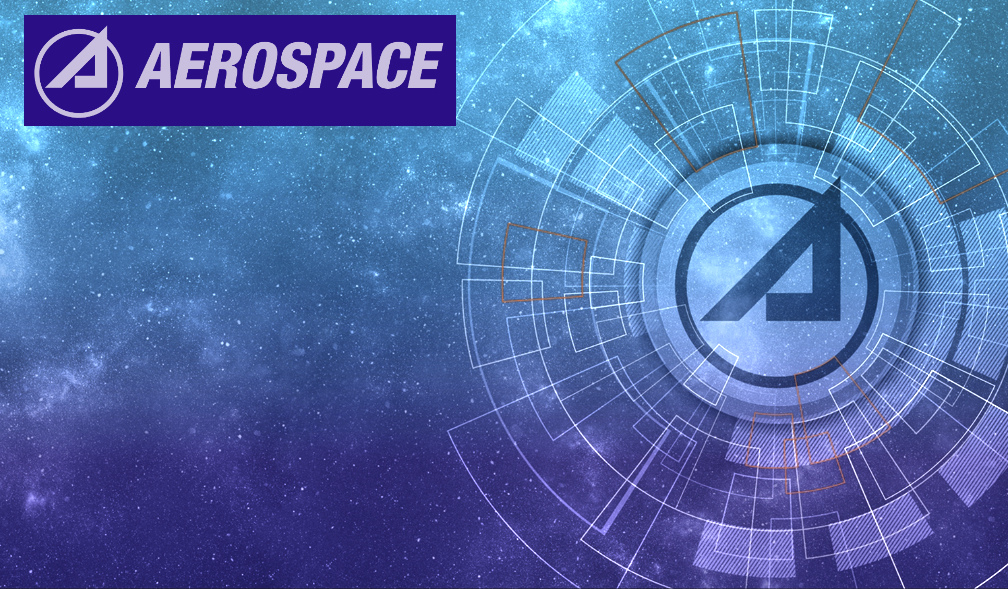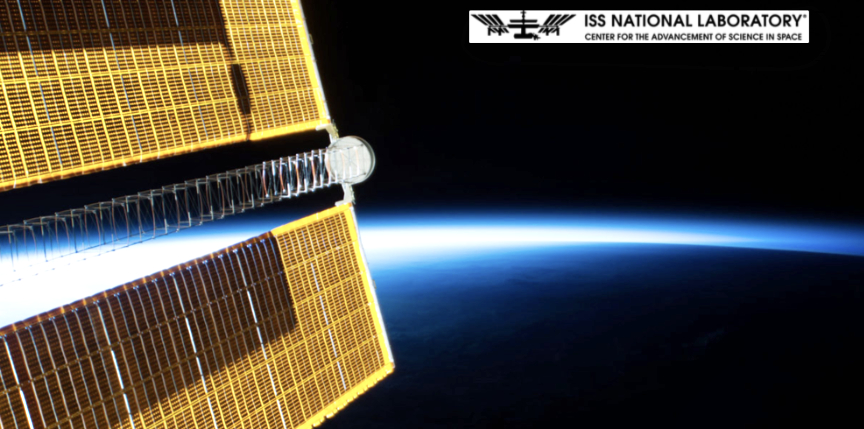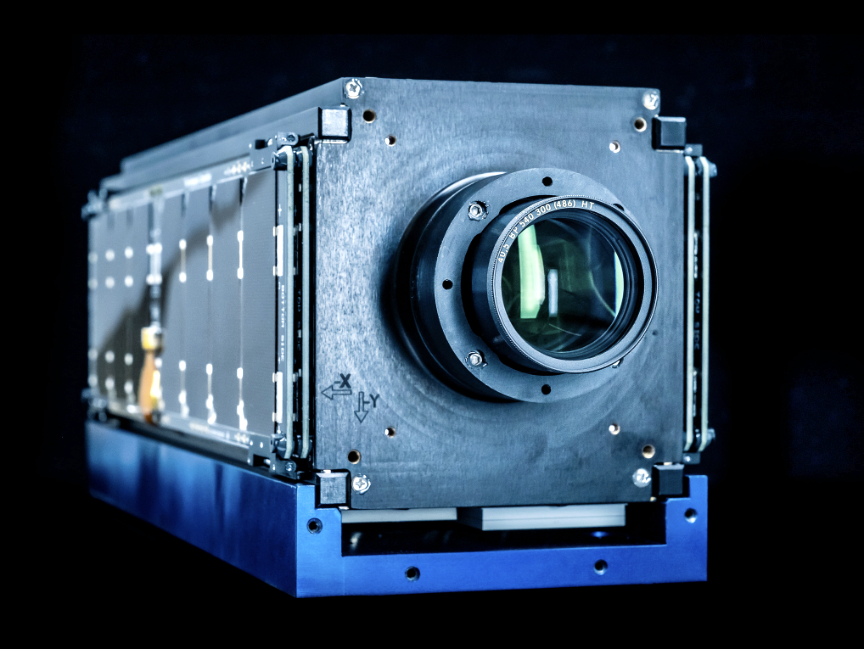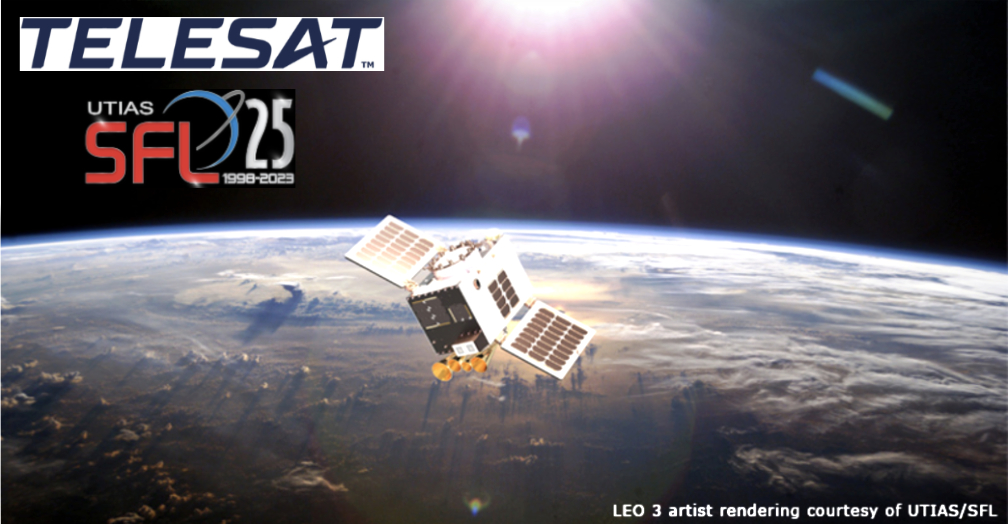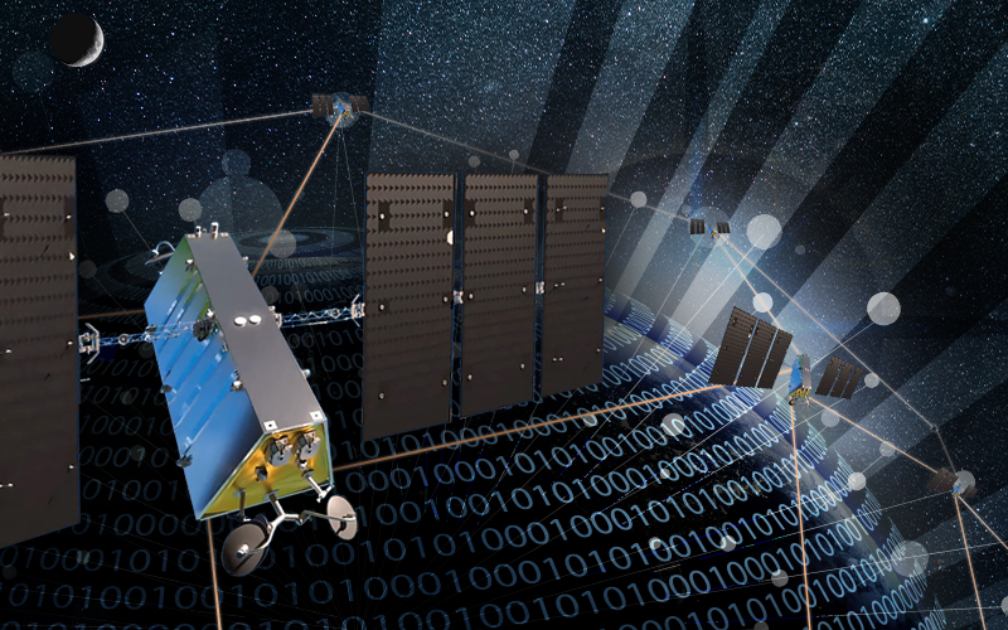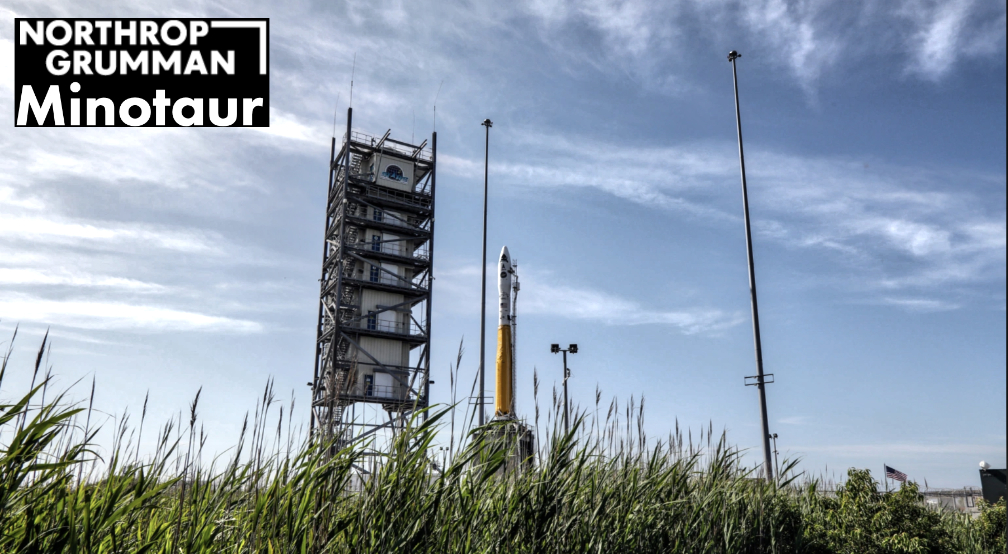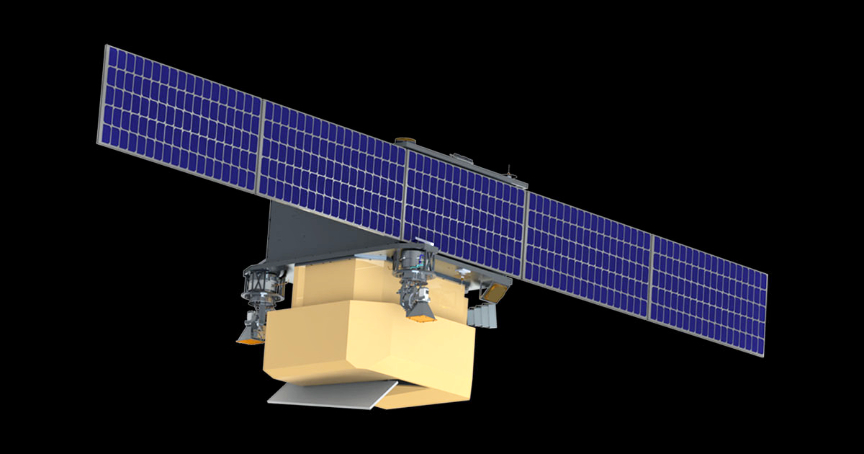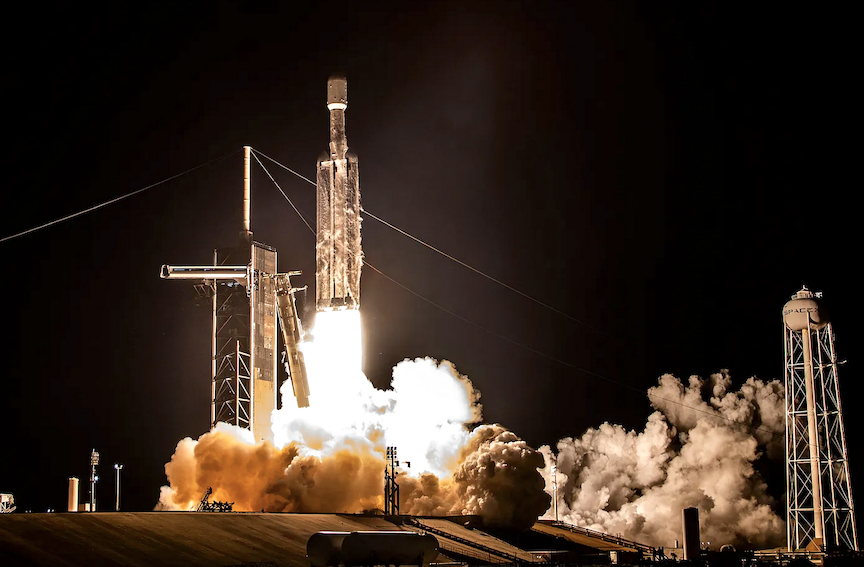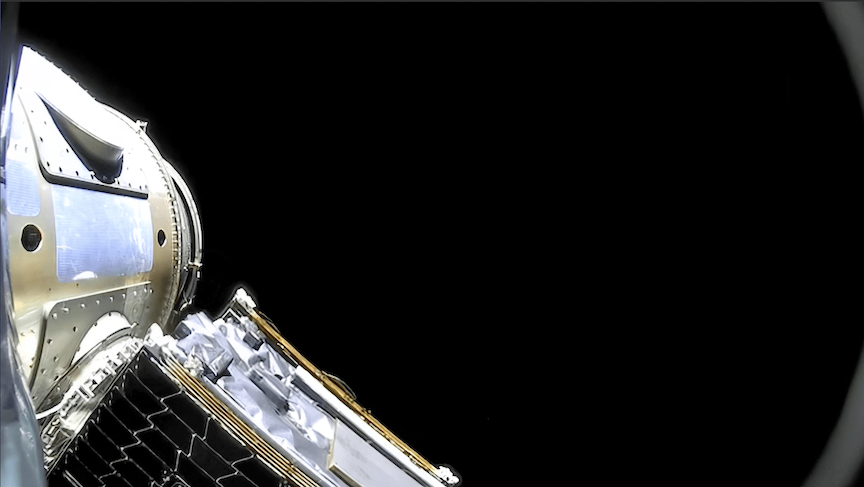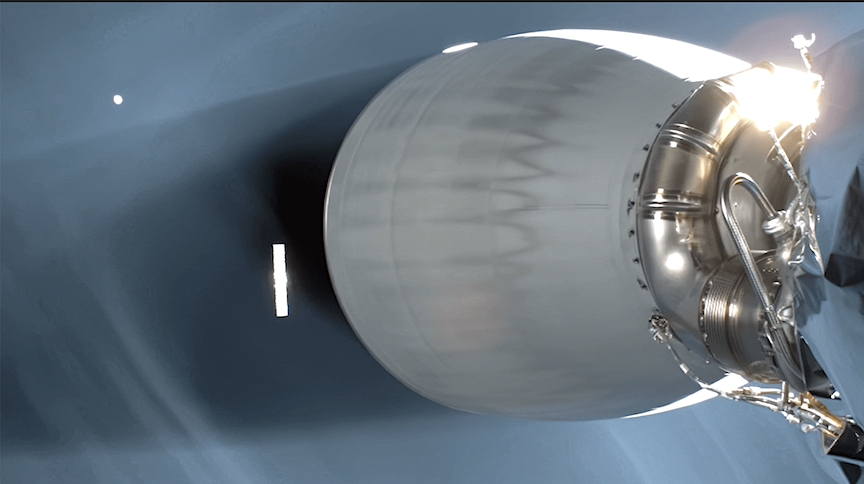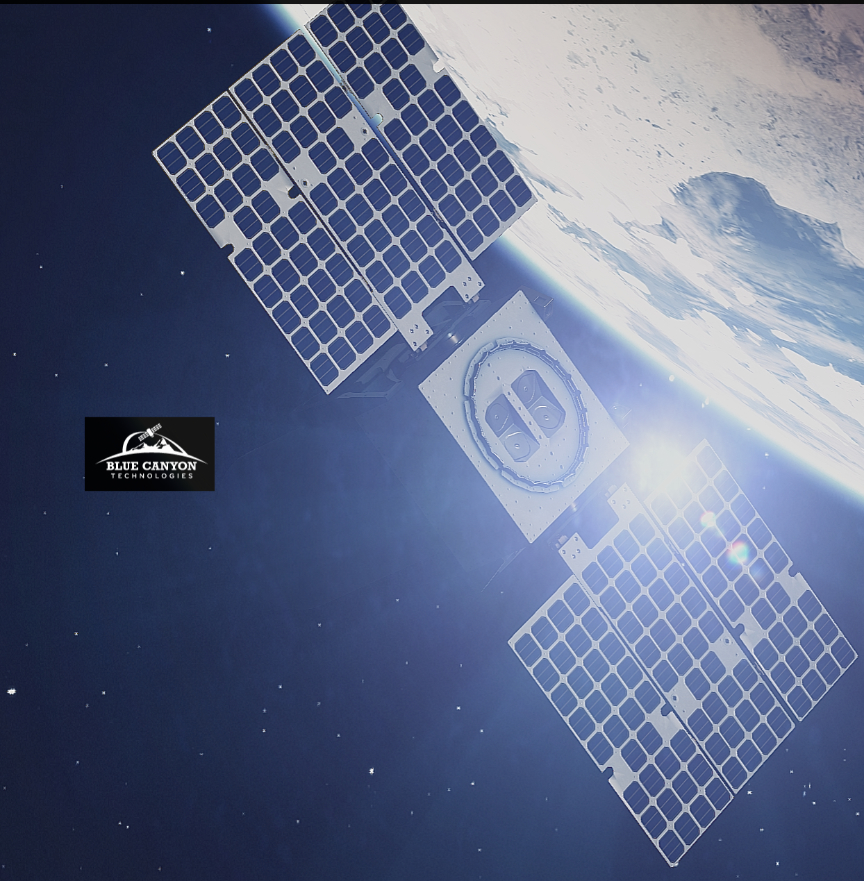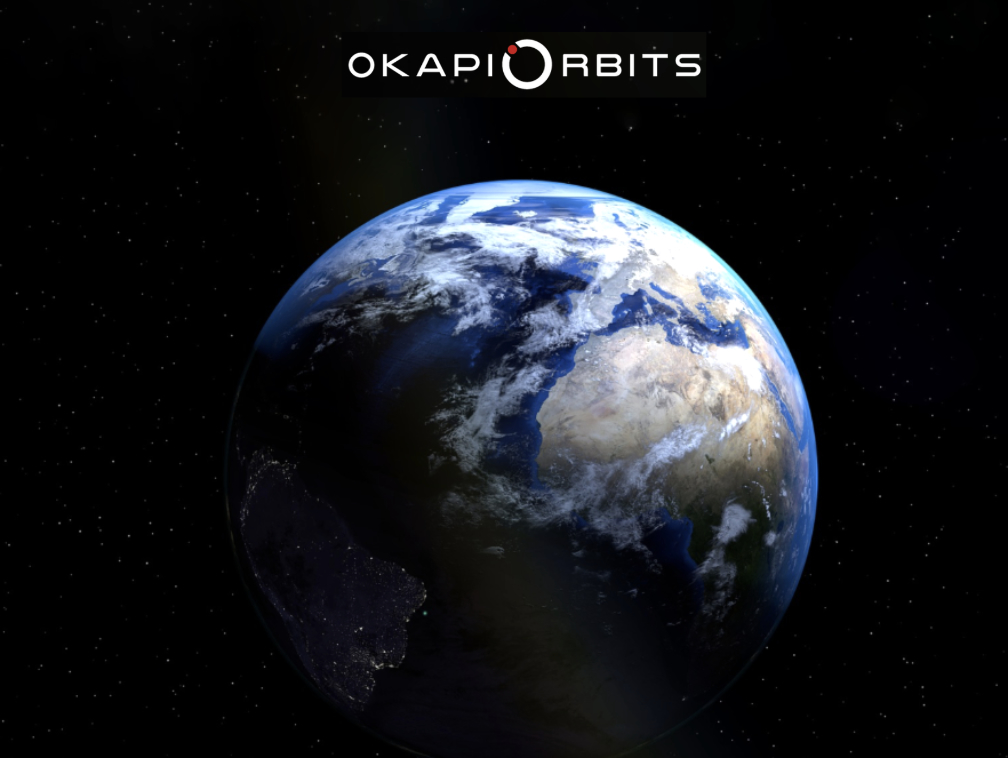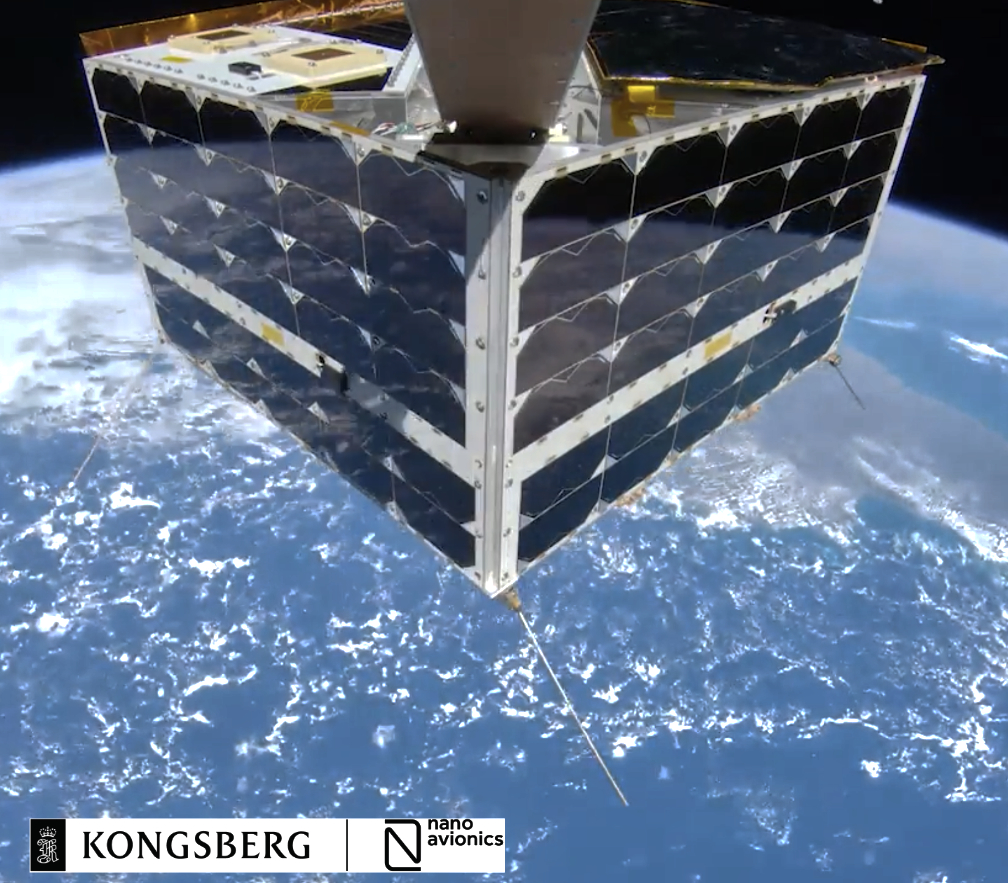
Kongsberg NanoAvionics (NanoAvionics) had six of their manufactured satellites reaching orbit today’s as payloads aboard the SpaceX Transporter-8 mission.
One of them, Tiger-4, belongs to telecoms operator OQ Technology and will expand the world’s first and largest 5G Narrowband-IoT constellation in LEO. The 6U smallsat is the fourth satellite manufactured for OQ Technology by NanoAvionics.

The second payload from NanoAvionics is a 16U, optical, Earth Observation (EO) satellite named “GEI-SAT” and is owned by Satlantis, a Spanish-based developer as well as the manufacturer of “Earth & Universe Observation” payloads for smallsats. The satellite is a precursor of a Satlantis’ remote sensing constellation intended to perform atmospheric CH4 measurements with high spatio-temporal resolution and simultaneous geolocation of source emitters.

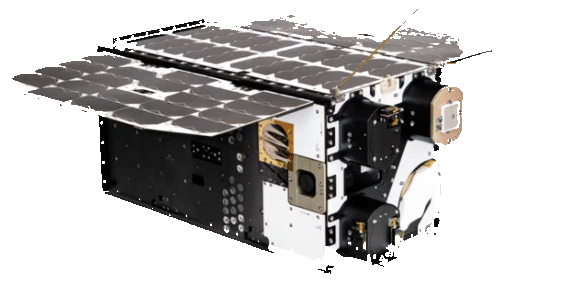
This smallsat will be used to monetize and obtain quantification of methane emissions in the oil & gas (O&G) industry. NanoAvionics supplied the mission with the M16P satellite bus (pictured to the right) and mission integration services.
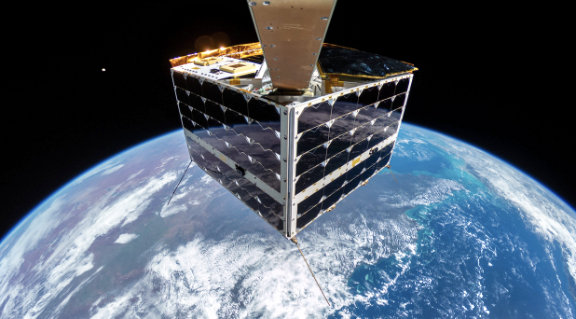
The other four satellites ordered by three unnamed companies include one smallsat for remote sensing mission using RF, two technology demo satellites plus an MP42H (pictured to the left) orbital reconnaissance demo smallsat that acquire highly accurate measurements of spacecraft and objects in orbit to reduce the threat of in-space collisions.
All satellites were manufactured at NanoAvionics’s MAIT (manufacturing, assembly, integration, and testing) facility in Vilnius, Lithuania, established to meet the demands for serial smallsat production for constellations by commercial, civil, and governmental organisations.
“The SpaceX Transporter-8 mission marks our 12th manufactured satellite to launch this year alone. Most of these satellites are from existing customers, highlighting their satisfaction and continued trust in our services and capabilities to quickly build high-quality and cost-efficient nano- and microsatellites. We are also working on delivering and readying for launch over a dozen more satellites for our customers, including this year’s first assembled 100+ kg microsatellite, by the end of the year.”
— Vytenis J. Buzas, Founder and CEO, NanoAvionics

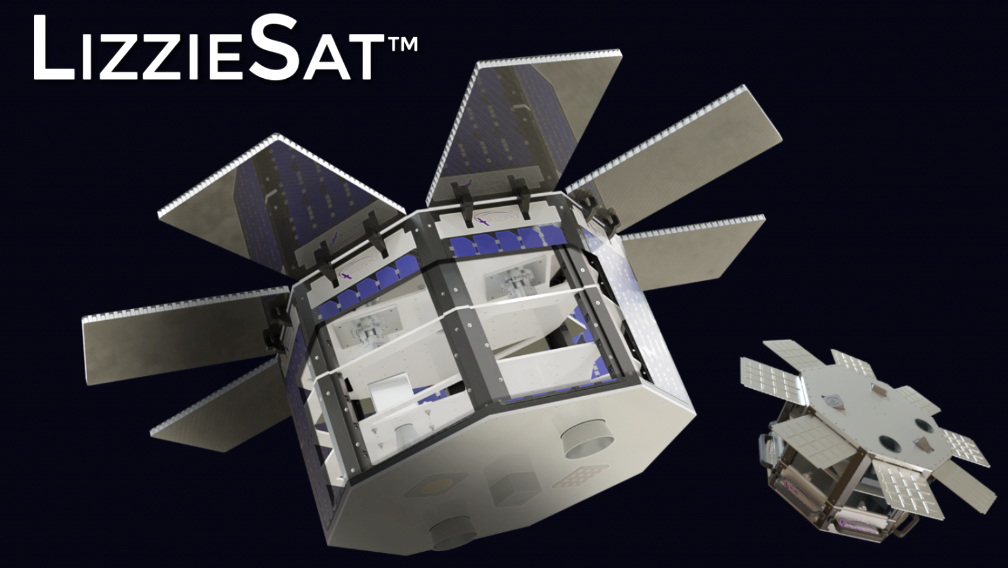
 satellite via SpaceX Transporter missions starting in 2024.
satellite via SpaceX Transporter missions starting in 2024.